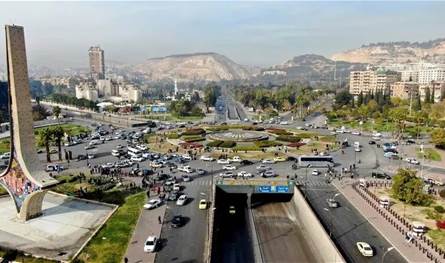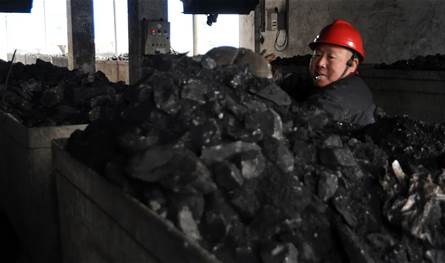A “rare” phenomenon passed over Beirut yesterday… difficult to predict!

Severe Rainfall in Beirut Causes Flooding and Traffic Chaos
The heavy rainfall that hit Beirut and its surrounding areas on Wednesday caused significant disruption, flooding streets and bringing traffic to a standstill for hours. The most affected areas were Dekwaneh and Sin El Fil, where roads turned into waterlogged pools, leaving citizens trapped in their vehicles. This recurring scenario highlights the fragility of the city’s infrastructure and the government’s inability to manage natural crises effectively.
Flooding Paralyzes Traffic and Businesses
Hundreds of drivers were stranded in heavy traffic as water levels rose, flooding sidewalks and seeping into local businesses. Despite the severity of the situation, there was little to no official response, sparking frustration among residents who found themselves caught in an unexpected disaster. But was this just an unavoidable natural event, or could better planning have mitigated the impact?
Expert Analysis: Why Did This Happen?
Mohammad Kanj, head of the Estimates Department at the Beirut Airport Meteorology Department, explained in an interview with Lebanon Debate that the incident was triggered by a single cumulonimbus thunderstorm. This occurred alongside unusually high temperatures of around 20°C and a wave of atmospheric dust, factors that contributed to the increased size of raindrops and heightened humidity in the upper atmosphere.
“The storm was concentrated over Dekwaneh, Sin El Fil, and parts of Furn El Chebbak, which recorded the highest rainfall levels, while other nearby areas remained dry,” Kanj stated.
Unpredictable Yet Natural Weather Phenomenon
According to estimates, these areas received more than 20mm of rainfall within just 30 to 60 minutes—a rare but natural occurrence typically seen during seasonal transitions. Kanj further explained that such weather cells are difficult to detect on traditional meteorological maps because they result from rapid convection, where sudden spikes in humidity lead to intense but localized storms.
He also emphasized the unusually large size of the raindrops, noting that “in warm weather, water droplets can grow up to three times larger than in colder conditions, which is exactly what happened during this storm.”
Infrastructure Challenges and Future Concerns
While this storm was a natural event, the lack of preparedness and poor drainage infrastructure exacerbated its impact. With climate patterns becoming increasingly unpredictable, authorities must implement stronger flood prevention measures to minimize damage and ensure public safety in the future.
Key Takeaways:
- A powerful thunderstorm caused severe flooding in Dekwaneh and Sin El Fil.
- Rainfall exceeded 20mm within an hour, overwhelming drainage systems.
- Meteorologists explain that such localized storms are difficult to predict.
- Poor infrastructure and lack of government response worsened the crisis.
Improving urban drainage systems and adopting better disaster management strategies are crucial to preventing similar incidents in the future. As extreme weather events become more frequent, proactive measures will be necessary to protect Beirut’s residents and businesses from further disruption.















